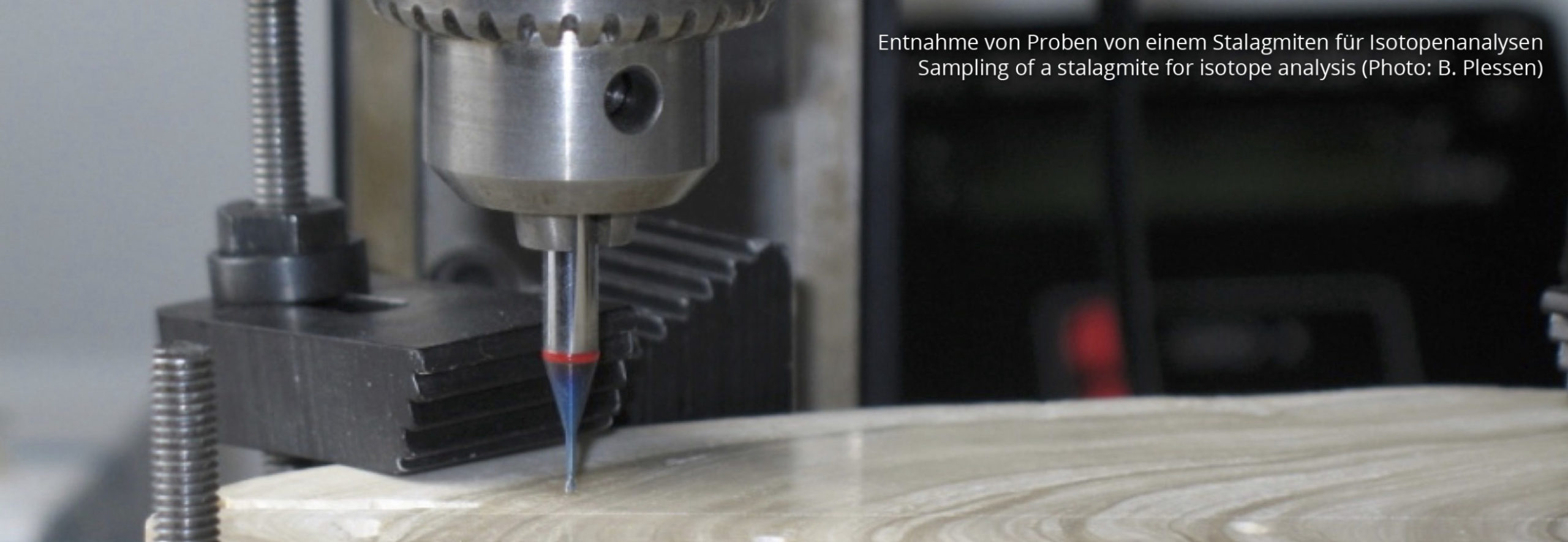within the framework of the research project “AquaDiv@Jena”, funded by the ProExcellence Initiative of the Free State of Thuringia, and the Collaborative Research Centre 1076 “AquaDiva“, funded by the DFG
Project Lead
Content
What biodiversity do we find in subsurface habitats such as caves? What role do bacteria play in the Earth’s biogeochemical cycles? Which bacteria are involved in the formation of minerals?
Karst areas are particularly interesting subsurface habitats because they represent one of the most important natural subsurface reservoirs of carbon on Earth. Caves are like a window into these subsurface habitats and allow the exploration of subsurface microbial life. However, it can be difficult to distinguish between microbial communities that are pristine or indigenous and those that have been introduced into caves by animals and humans. The Blessberg cave provides a unique pristine site for the study of active bacterial communities in a karst system.
Using stalactite material and fluvialfluvial Durch fließendes Wasser verursacht; zum Beispiel: "Fluviale Sedimente" = durch fließendes Wasser abgelagertes Material. sediments from the Blessberg cave, the diversity and activity of the occurring bacteria and their formation of carbonate minerals are being investigated. For this purpose, a wide variety of techniques such as phylogenetic analyses, bacterial cultivation, electron microscopy, X-ray spectroscopy, confocal laser scanning microscopy and Raman spectroscopy are applied.


